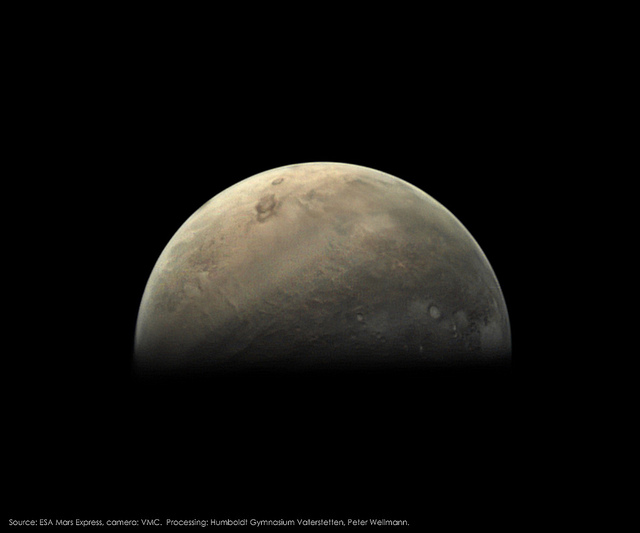Johns Hopkins Applied Physics Laboratory (APL) in Laurel, Maryland is making waves and catching attention in the space infrastructure industry, which saw $17.1 billion raised overall in private investment last year.
The lab, affiliated with the eponymous Baltimore-based university, earned the third listing on business magazine Fast Company’s list of 2022’s top 10 most innovative space companies.
While you may think of space research and innovation as something happening far away — like NASA operating at the Houston Space Center, or Elon Musk’s California-based SpaceX offering shuttles to orbit Earth — add Baltimore to the list of places where global space innovation happens.
The APL works with NASA on the Double Asteroid Redirection Test (DART), for instance, which is a combined effort to create the world’s first full-scale planetary defense test for protection against asteroids. (Imagine the movie “Armageddon” with Bruce Willis, except the asteroid is not hurtling toward Earth and there’s no drilling or Liv Tyler involved whatsoever.) Fast Company cited the DART project in its explanation of why the APL made third place on its list.
Since the APL opened up the Laurel building, the lab has been making innovations in a variety of sectors. Back in early 2020, Technical.ly covered how the lab was bridging a brain-computer interface with robotics and AI to help restore function and autonomy for patients who have lost the use of their limbs.
The Double Asteroid Redirection Test is an autonomous spacecraft launching with a SpaceX orbital shuttle that will branch off before the DART hits the asteroid Dimorphos. The impact is expected to change the speed of the asteroid by a fraction of a percent, and the test will measure if there’s a significant change in the asteroid’s trajectory. This may seem small, but only about 40% of asteroids larger than 140 meters that could hit Earth have been found, according to NASA’s Planetary Defense Coordination office.
As the saying goes: An ounce of prevention is better than a mountain-size meteor wiping us out like the dinosaurs.
Donte Kirby is a 2020-2022 corps member for Report for America, an initiative of The Groundtruth Project that pairs young journalists with local newsrooms. This position is supported by the Robert W. Deutsch Foundation.Join the conversation!
Find news, events, jobs and people who share your interests on Technical.ly's open community Slack

Baltimore daily roundup: Medtech made in Baltimore; Sen. Sanders visits Morgan State; Humane Ai review debate

Baltimore daily roundup: The city's new esports lab; a conference in Wilmington; GBC reports $4B of economic activity

Baltimore daily roundup: Find your next coworking space; sea turtle legislation; Dali raided and sued


